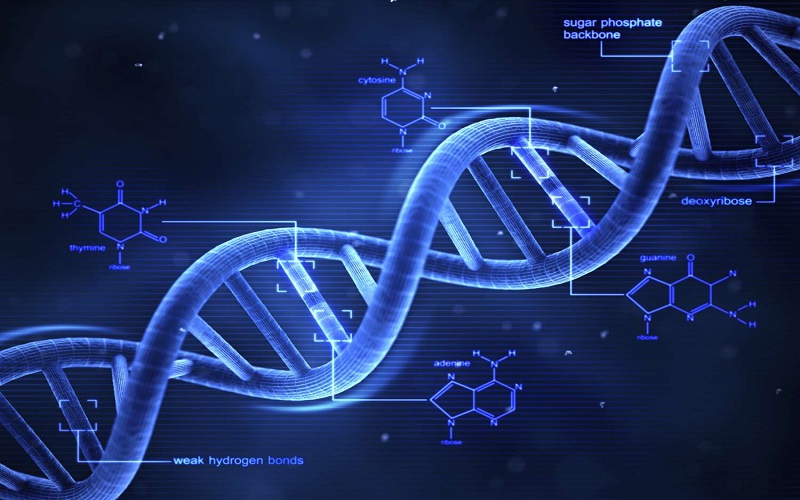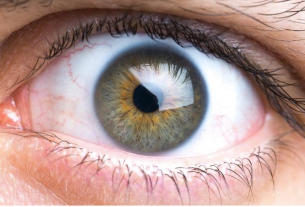The latest issue of Nature Biomedical Engineering contains a study that reveals a new technique for safer gene editing. It reduces the problem of mutations in gene therapy.
CRISPR/Cas9 is a technique that has been widely used for editing the genome. It allows you to modify genes associated with diseases and study those of interest. However, this can have unwanted side effects, such as mutations.
The article continues that a new technological solution is required to reduce the side effects.
Researchers from Kyushu University School of Medicine and Nagoya University School of Medicine in Japan have created a genome editing technique that reduces mutations dramatically, allowing for more effective treatments of genetic diseases with fewer unwanted mutants.
The new technology introduces Cas9 nuclease (an enzyme that cuts DNA) into the cell along with synthetic RNA (ribonucleic acids) (gDNA), which guides the enzyme to its required location.
Cutting the genome allows unwanted genes to be removed and new genes added.
Experts hypothesized current editing protocols using Cas9 cause excessive DNA splicing resulting in mutations.
To test this hypothesis, the researchers created a system in mouse cells called “AIMS”, which measured Cas9 activity for each chromosome separately.
They found that the method commonly used was associated with high editing activity. This high level was responsible for some unwanted side effects. So they looked for gRNA-editing techniques that could suppress this activity.
The researchers found that adding a cytokine to the end of gRNA could “guard” the DNA from hyperactivity and control the DNA cleavage.
The magazine reports that side effects have been reduced using the new technique.

Email: mary@satprwire.com Phone: +44 20 4732 1986
Marry is a fitness freak in every manner and gives proper care about her health and of others. She is probably the best person we have at Daily Research News for covering articles from the Health sector. If not at work, she can be seen drinking a cup of coffee.


